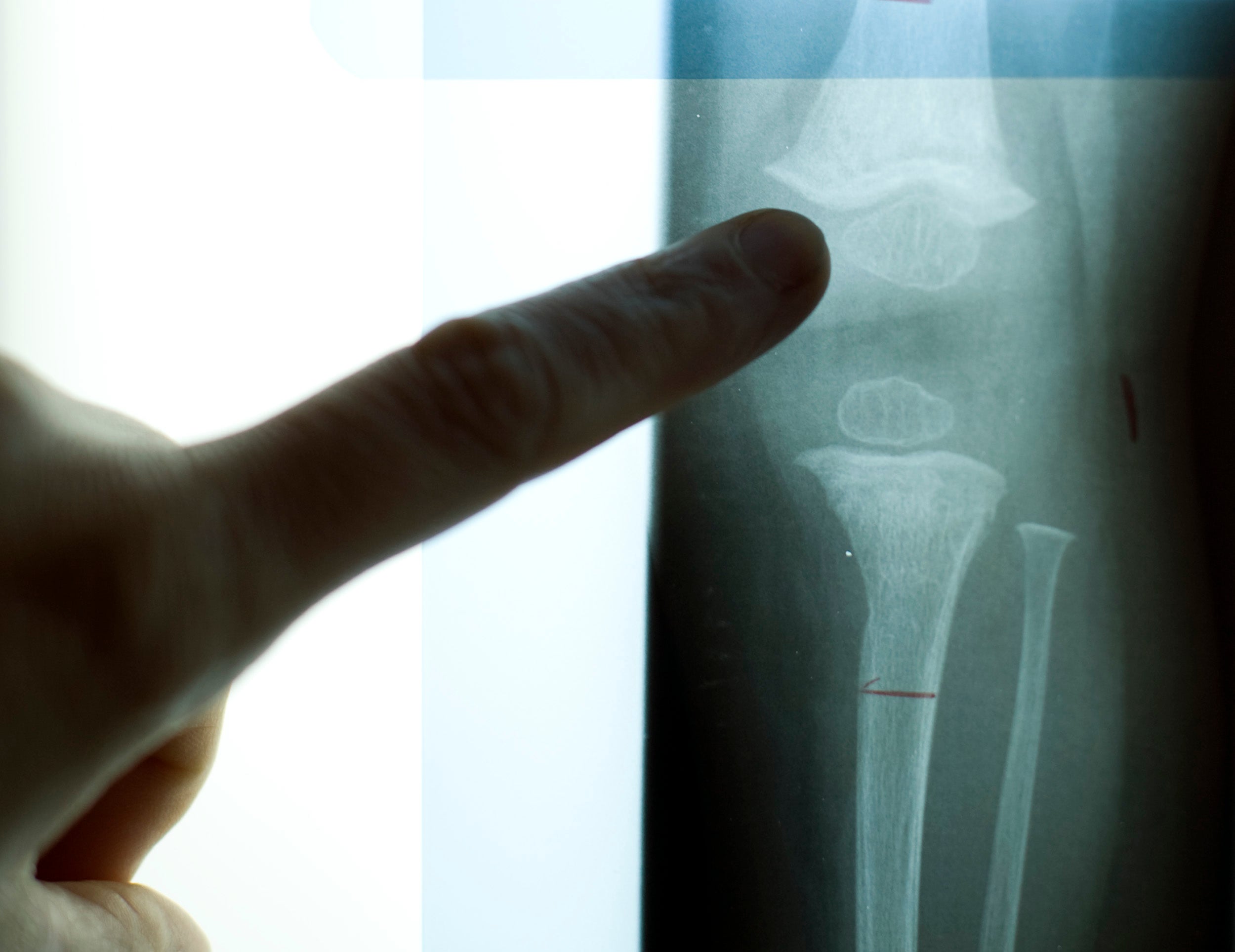Scientists discover a natural 'goo' in bones that stops them from shattering
‘Sticks and stones may break my bones, but goo will stop them shattering'

Your support helps us to tell the story
From reproductive rights to climate change to Big Tech, The Independent is on the ground when the story is developing. Whether it's investigating the financials of Elon Musk's pro-Trump PAC or producing our latest documentary, 'The A Word', which shines a light on the American women fighting for reproductive rights, we know how important it is to parse out the facts from the messaging.
At such a critical moment in US history, we need reporters on the ground. Your donation allows us to keep sending journalists to speak to both sides of the story.
The Independent is trusted by Americans across the entire political spectrum. And unlike many other quality news outlets, we choose not to lock Americans out of our reporting and analysis with paywalls. We believe quality journalism should be available to everyone, paid for by those who can afford it.
Your support makes all the difference.Researchers from the University of Cambridge have shed new light on the composition of bones, revealing for the first time the reason that they break but rarely shatter.
Scientists from the Department of Chemistry and Advanced Imaging Centre used a combination X-ray diffraction and NMR spectroscopy to reveal the natural “goo” that is trapped between the tiny mineral crystals that form our bones, lubricating the material on the nano-scale and acting as a shock absorber.
The goo is made from water mixed with a chemical known as citrate (a natural by-product of cell metabolism), with the two substances combining in the bone to create a viscous fluid that allows a small degree of flexibility .
“This nano-scopic layering of citrate fluid and mineral crystals in bone means that the crystals stay in flat, plate-like shapes that have the facility to slide with respect to each other,” said Dr Melinda Duer, who led the study, in a university press release.
“Without citrate, all crystals in bone mineral would collapse together, become one big crystal and shatter. It's this layered structure that's been missing from our knowledge, and we can now see that without it you're stuffed.”
Duer compares the composition of bone to a layer of water between two panes of glass, sticking the material together but also letting them slide over one another.
“It's the same thing in these flat bone crystals,” says Duer, “but you've got to have something that keeps the water there, stops it from drying out and stops the plates from either flying apart or sticking fast together. We now know that thing is citrate."
The discovery has major implications for the treatment of conditions like osteoporosis where bones become inflexible and more likely to shatter.As bones age or suffer trauma the protein mesh that covers them begins to degrade, meaning that excess calcium leaks out and reacts with phosphate to create lumps of brittle crystal.
Now that scientists know that bone flexibility depends on ‘goo’ to lubricate the crystals, the can begin to look at ways to stop this protein mesh degrading and so extend the lifetime of the bone.
Join our commenting forum
Join thought-provoking conversations, follow other Independent readers and see their replies
Comments